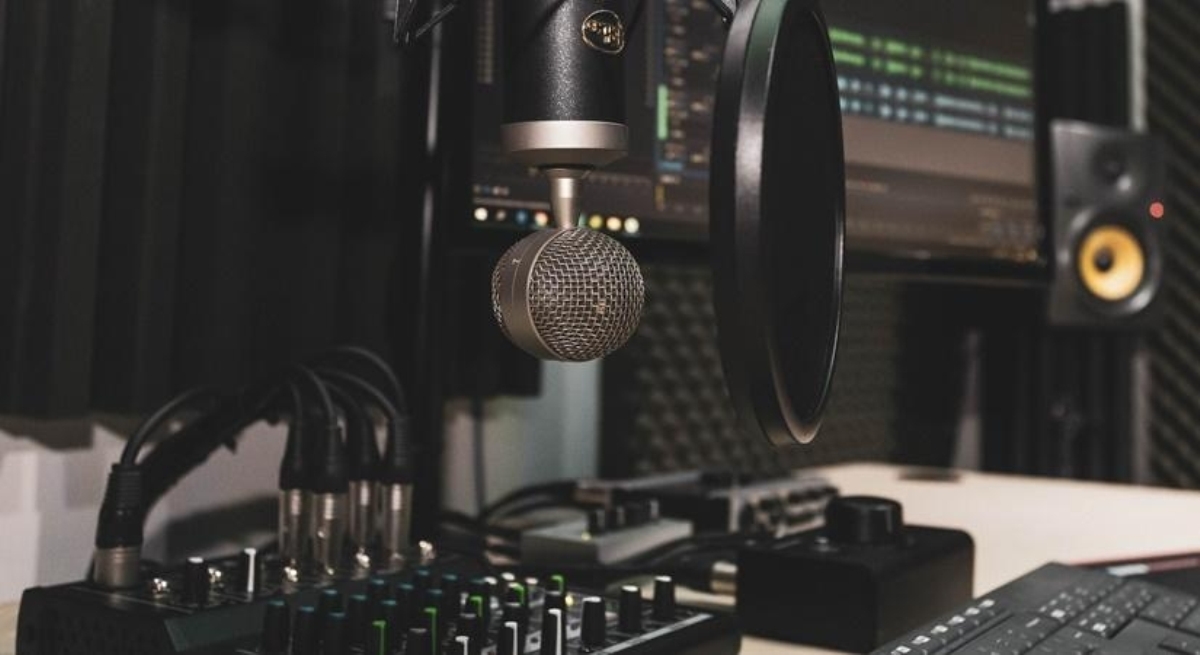Podcasting is an ever-evolving space. If you are just getting started with podcasts, it can take some time to find your footing, and you’ll naturally make mistakes. Even seasoned podcasters make blunders once in a while. But the beauty of it is that it’s a part of the learning process.
What always helps is doing your research, learning the ins and outs of the medium, and paying extra attention to facets like recording, editing, and distribution. But, before diving into the technical nitty-gritty, podcasters must have a content strategy.
Advertisement
This strategy essentially includes understanding the trends and listener behavior and creating content with consistency. Not only will these lead to the success of your podcast, it will also aid you in landing great sponsorships and ad deals.
Advertisement
After clarity on the subject and timing, what is most important in podcasting is the quality of the content that demands appropriate technical treatment.
If your audio is not up to the notch, then no fancy marketing campaign can keep your audience hooked. To make your recording sessions more quality driven, you should take care of three things: background noises, mic techniques, and equipment.
While background noises can be fixed during post-production, it’s always best not to catch any in the first place. Usually, having carpeted walls and upholstered furniture helps soundproof the room as they absorb the sound.
You should also be mindful of your mic angle. Point the mic at the corner of your mouth between 3-6 inches away from your face, and you’ll noticeably elevate the audio quality. As for the equipment, everyone owns a good pair of earphones these days that come with in-built microphones. You can record good-quality audio even with those!
Coming to post-production, ever listened to a podcast where the background music suddenly blares into your headphone, and you have to adjust the volume every time the host or the guest speak too loudly or too quietly?
Pretty off-putting, isn't it? Leveling is an important step when editing your podcast. Make sure your podcast doesn’t have a noticeable imbalance between the sound levels of different tracks.
Speaking of editing, another common mistake you should avoid is not cutting out the weak and dead parts of the conversation. If a segment is not serving a purpose, then you should definitely
edit that out. It’s often at these dead points in the episode when you lose your audience’s attention and see a significant drop in listens. So never let that drop come because once it does, it goes downhill from there.
Another place where creators often make mistakes is when they upload and distribute their podcasts. Podcast distribution is a serious business. New apps and directories are popping up every day. It’s important that you ensure your podcast is available everywhere your audience might be listening.
Back in the day, this was a manual process where you had to create an account on the platforms you wanted to distribute your podcast to. Now, platforms like Hubhopper make it easy for you to distribute your show to all the major global and Indian directories with a single click.
Easy, isn’t it? So make sure you don’t make this mistake and take advantage of every podcast streaming platform you can. You never know where your audience might be consuming podcasts!
Now, you know what mistakes to avoid when recording and uploading your podcasts. As mentioned above, the podcasting space is growing rapidly. Listener behavior is changing, new tech and players are entering the market, and we are entering a golden age of podcasting. With such rapid growth, it can take some time to get well-versed in the medium. To get a head-start in the space, make sure you avoid these mistakes and enjoy the journey.
By – Gautam Raj Anand: Founder and CEO, Hubhopper
Advertisement









